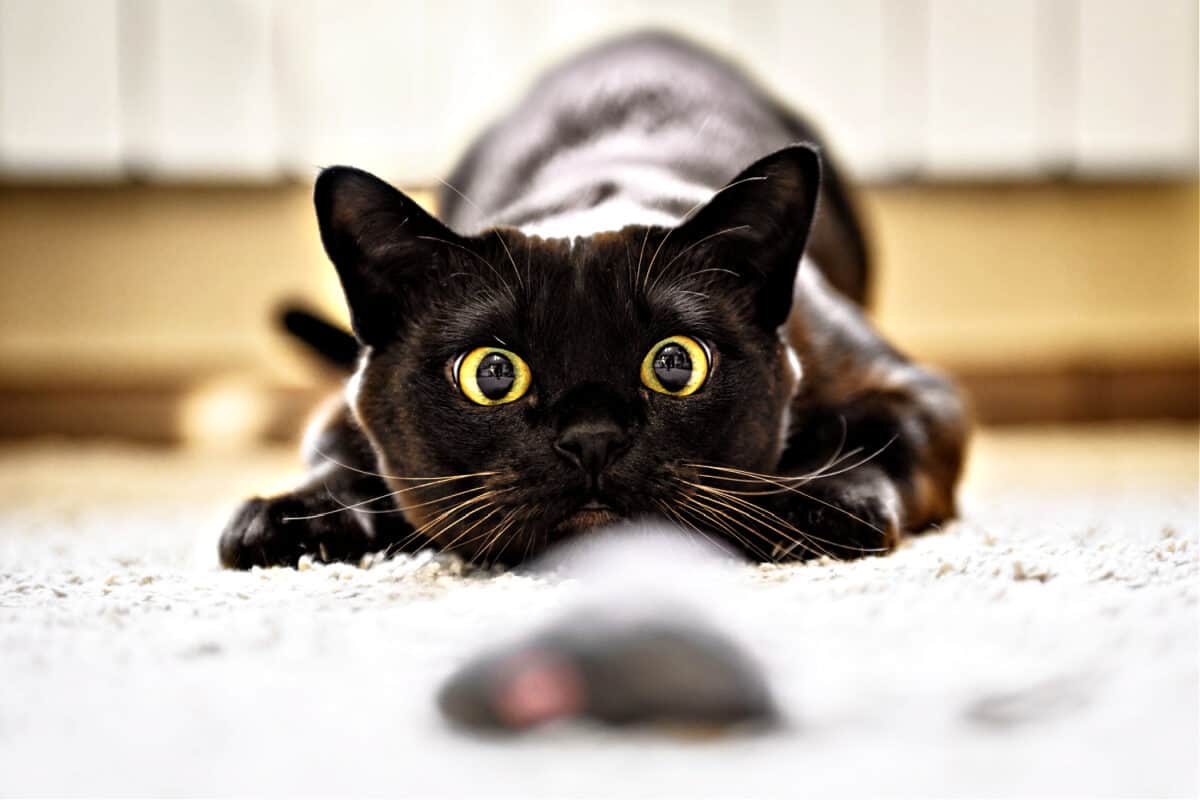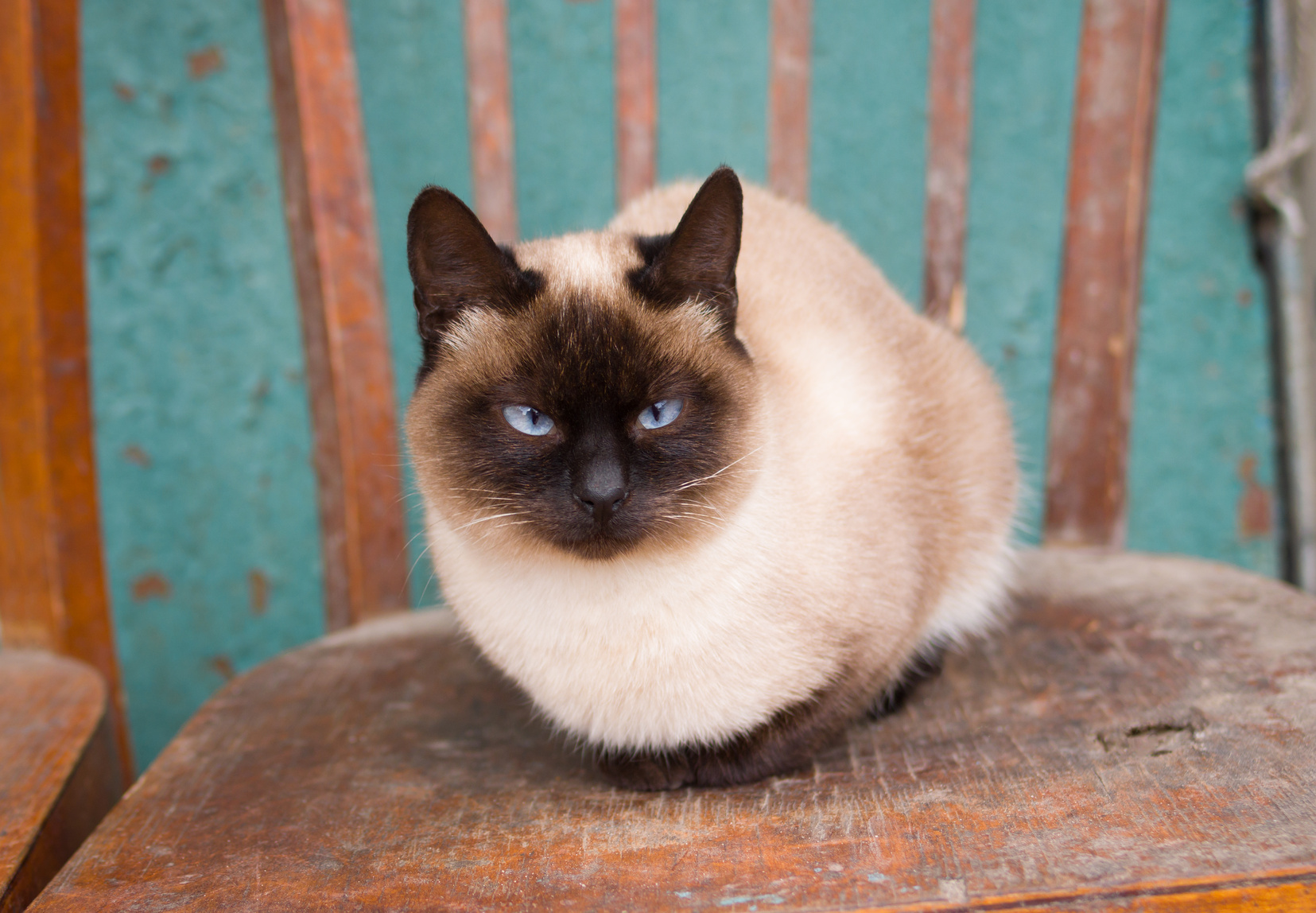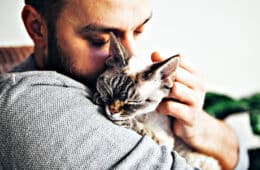Here's a head-scratcher. The feline leukemia virus (FeLV) is a tricky beast. Sure, it can cause leukemia, a type of blood cancer. But that's not the whole story. There's more to it.
You see, FeLV is a retrovirus. It can mess with a cat's immune system, leading to a whole host of serious, and sometimes deadly, health problems. In fact, the American Veterinary Medical Association (AVMA) says it's the biggest cause of cat deaths.
Here's the good news: not all cats that are exposed to FeLV become infected.
Dive into this article to find out about the risks, signs, diagnosis, and treatment of FeLV. We'll also cover prevention, including vaccination and safety measures.
Keep reading and we'll answer all your questions!
Understanding FeLV: Beyond Leukemia And Its Impact On Cat Health
Feline Leukemia Virus (FeLV) not only causes leukemia (blood cell cancer), as its name implies. This virus is in fact responsible for various manifestations of the disease.
FeLV is a retrovirus that, much like FIV, may damage the cat's immune system and lead to a multitude of serious and often fatal medical conditions. In fact, according to the American Veterinary Medical Association (AVMA), FeLV causes more cat deaths than any other pathologic condition.
Not all cats that are exposed to FeLV are infected.
Of those infected, about a third will fully recover within weeks and will not experience further effects; another third will become carriers of FeLV but can remain in this state for many years, and only one-third will immediately develop the active form of the disease.

How Cats Contract FeLV: Transmission Pathways And Risks
Cats can transmit FeLV to each other through body fluids. Blood, saliva, mucus, urine, and feces can all be a source of infection.
Cats that come in contact with other cats that are FeLV positive (whether carriers or sick) may contract the disease through mutual grooming, bites, and even sharing feeding bowls or litter trays.
Cats living in multiple cat households are more prone to FeLV, but cats that freely roam outside can come into contact with FeLV-positive cats and are thus also at risk.
SIGN UP FOR THECATSITE'S EMAIL UPDATES >
Recognizing And Diagnosing FeLV: Symptoms, Signs, And Tests
Clinical signs are extremely diverse but include fever, lethargy, poor appetite, weight loss, anemia, jaundice, diarrhea or constipation, enlarged lymph nodes, respiratory distress, and excessive drinking and urination.
Since FeLV damages the cat's immune system, severe, chronic illness may also indicate FeLV. Cancer, in the form of lymphoma or leukemia (cancer of blood cells), occurs in some FeLV-infected cats.
You can diagnose using either of two tests:
- The Elisa test is a rapid screening test for FeLV.
- You can perform it in the vet's clinic using a saliva sample.
- The IFA test is a lab test that detects the virus in a blood sample.
Since FeLV usually has more than one stage, it is sometimes necessary to have both tests performed.
Managing And Preventing FeLV: Treatments, Vaccinations, And Safety Measures
Unfortunately, there is no cure for FeLV. Infected cats are treated according to their specific symptoms. Proper care of secondary infections may only help to extend the cats' life span and improve their general well-being.
There are several FeLV vaccinations available that can enhance the cat's ability to fight off any future FeLV infections, but they do not ensure total prevention. It is important to take the necessary precautions against FeLV even if your cat is vaccinated.
Some safety measures against FeLV:
- Vaccinate your cat against FeLV. This vaccine is as safe as any other common vaccine for cats.
- Do not overcrowd cats in one household. Overcrowding cats increases their risk of exposure to FeLV. It also increases stress levels for cats and makes them more susceptible to disease.
- Be careful when introducing a new cat into your household. Make sure that the cat is FeLV-negative before letting it join your other healthy cats. The cat must be tested for FeLV twice in the space of several weeks. During that time it must be quarantined.
- Keep your cats indoors at all times. Cats should be let outside only under your direct supervision. You should make sure they avoid contact with other cats.
FeLV Prognosis And Quality Of Life: What Can Cat Owners Expect?
FeLV certainly sounds scary, but what does it mean for your cat's day-to-day life? And what kind of future can you expect? Let's shed some light on that.
A diagnosis of FeLV isn't a death sentence. Remember, every cat is unique, and their response to the virus will vary. Yes, FeLV is a serious condition, and it can lead to some challenging health issues. But with the right care and attention, many FeLV-infected cats can enjoy a good quality of life.
The prognosis for cats with FeLV depends on various factors, such as the stage of the virus and the cat's overall health. Some cats may show no symptoms for several years. Others may experience health problems more frequently.
This doesn't mean they can't enjoy their lives. With appropriate veterinary care, good nutrition, and a loving, stress-free environment, FeLV-positive cats can continue to lead happy, fulfilled lives.
If your cat has FeLV, regular vet check-ups are crucial. Early detection of secondary conditions can make a world of difference in treatment and prognosis. And remember, your vet is your ally. They'll help you make the best decisions for your feline friend's health and happiness.
Living with FeLV might require a little extra effort, but it's entirely possible. And trust us, every purr, head bump, and an affectionate nudge from your feline companion makes it all worthwhile.

Closing Thoughts: Ensuring A Purr-fect Life For Your Feline Comrade
As we draw our exploration of FeLV to a close, it's crucial to remember this isn't just about memorizing facts or understanding a virus. It's about your whiskered confidante, your purring partner-in-crime, and the shared journey you're on.
No, FeLV isn't the most cheerful of topics, but knowledge empowers. Being aware of the risks and prevention methods equips you to provide your cat with the safest, happiest life possible. And isn't that exactly what our feline companions deserve?
Let's recap the most important steps you can take to protect your cat:
- Regular vet visits for FeLV testing
- Thoughtful consideration about vaccinations
- Mindful introduction of new feline members into your household
- Keeping your cats indoors or closely supervised outdoors
Navigating through FeLV's challenges may seem daunting, but remember, you're not alone. Countless cat parents are fighting the same fight, and there's an army of dedicated veterinarians and pet health professionals at your disposal.
Now that you're informed about FeLV, take a moment to appreciate the quiet, reassuring purr of your cat, their playful swipes at a ball of yarn, or their keen eyes following a ray of sunshine. Celebrate the extraordinary bond you share, a bond made stronger by your commitment to their health.
Because at the end of the day, it's all about embracing every heartwarming, playful, and comforting moment with your feline friend. And we wouldn't have it any other way, would we?
SIGN UP FOR THECATSITE'S EMAIL UPDATES >
For more reading on your cat's health:
Do Indoor Only Cats Need Rabies Shots?
Cat Vaccinations: A Quick & Useful Guide
Comments? Leave them using the form below. Questions? Please use the cat forums for those!
Note: We may get commissions for purchases made through links on this page.




4 comments on “Feline Leukemia Virus (FeLV) – What You Need To Know”